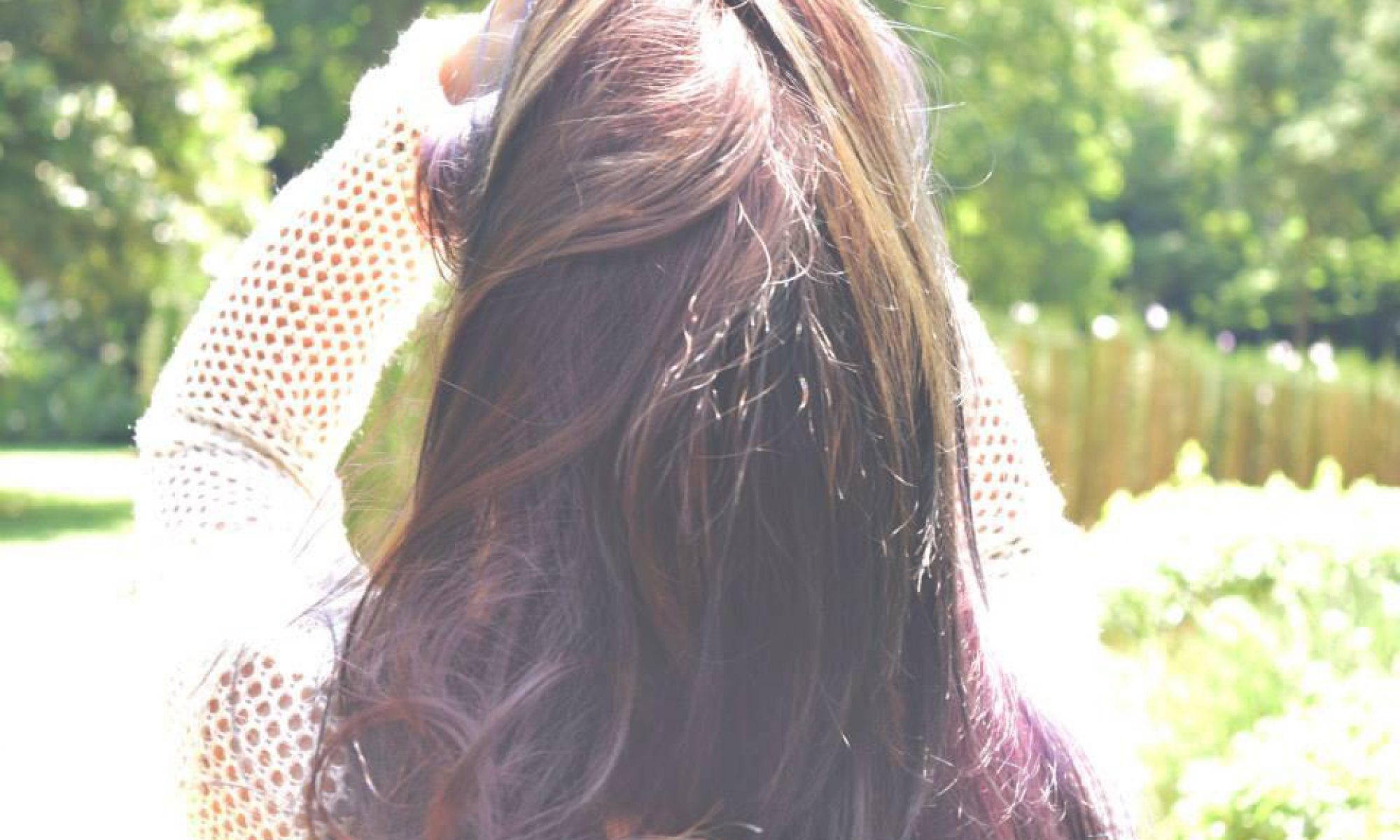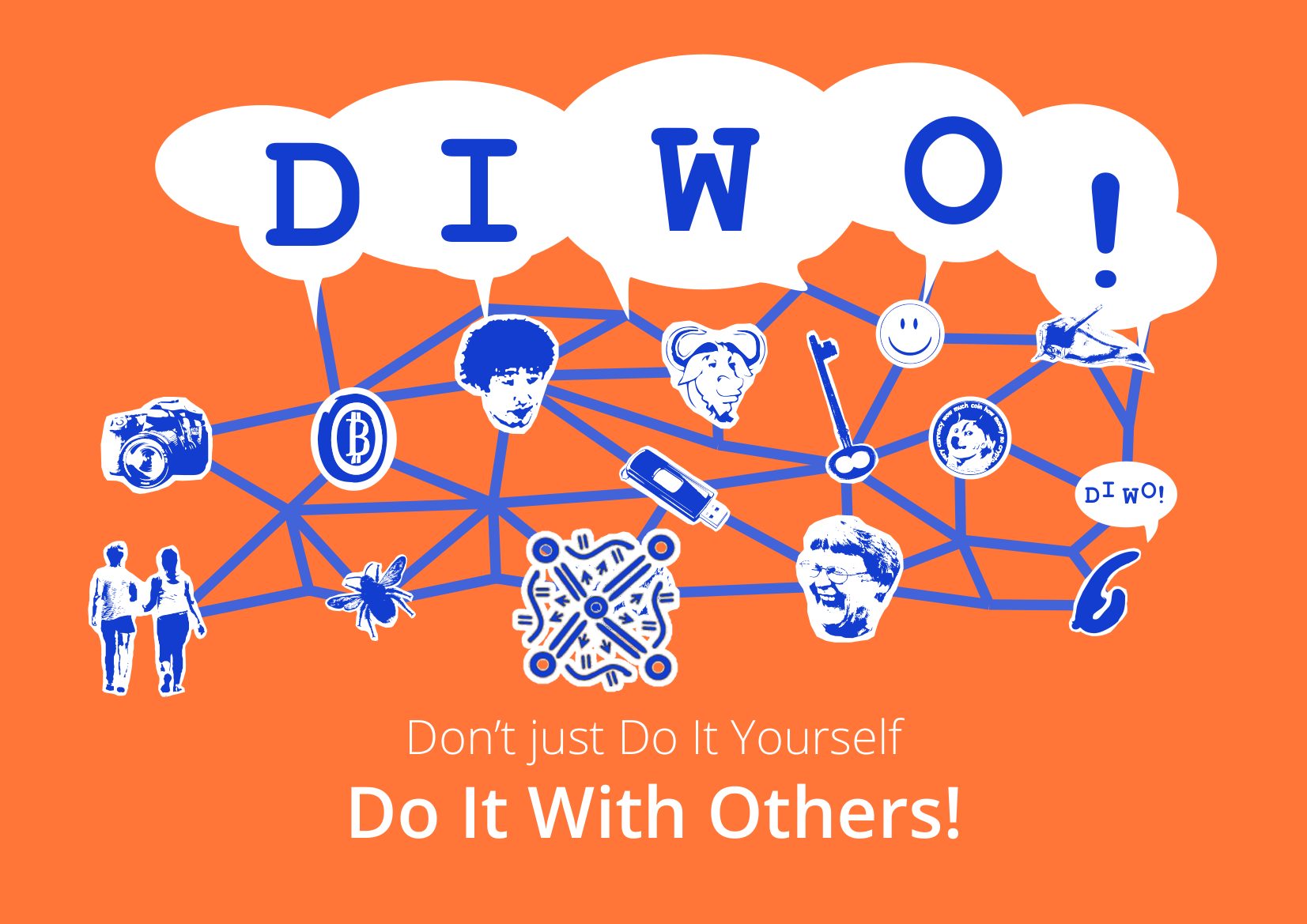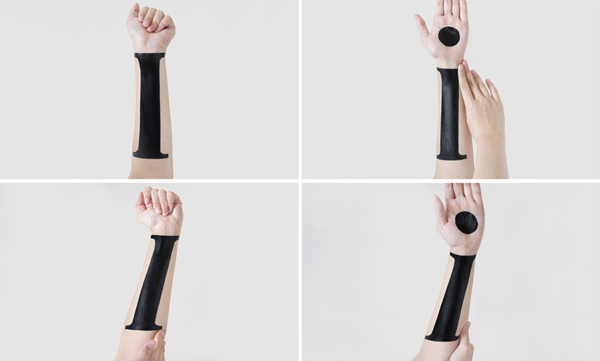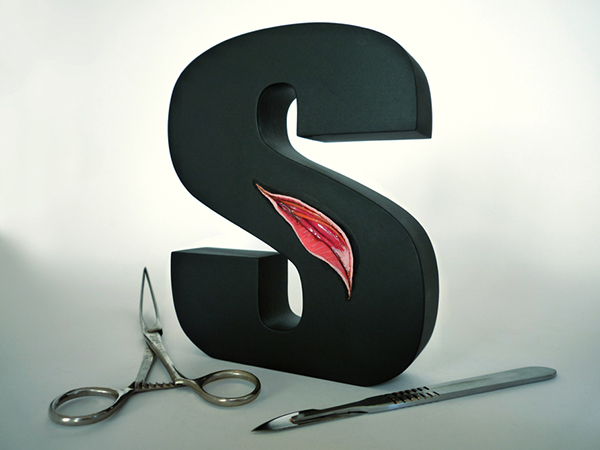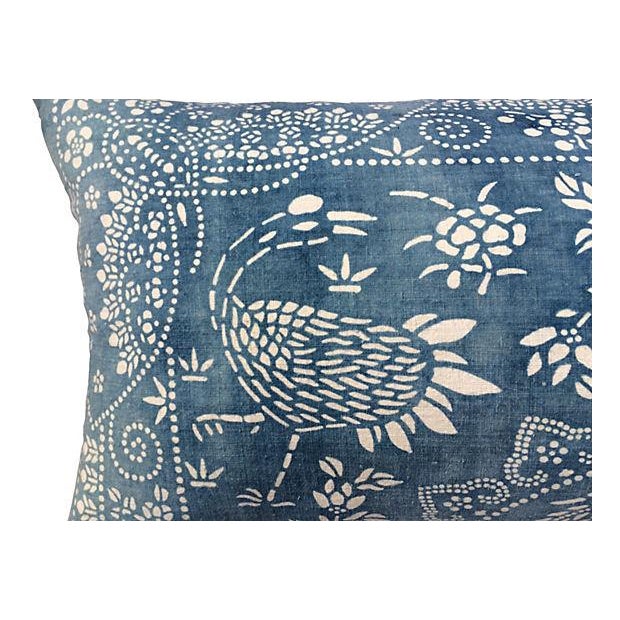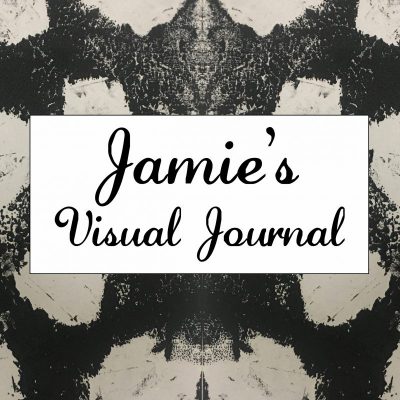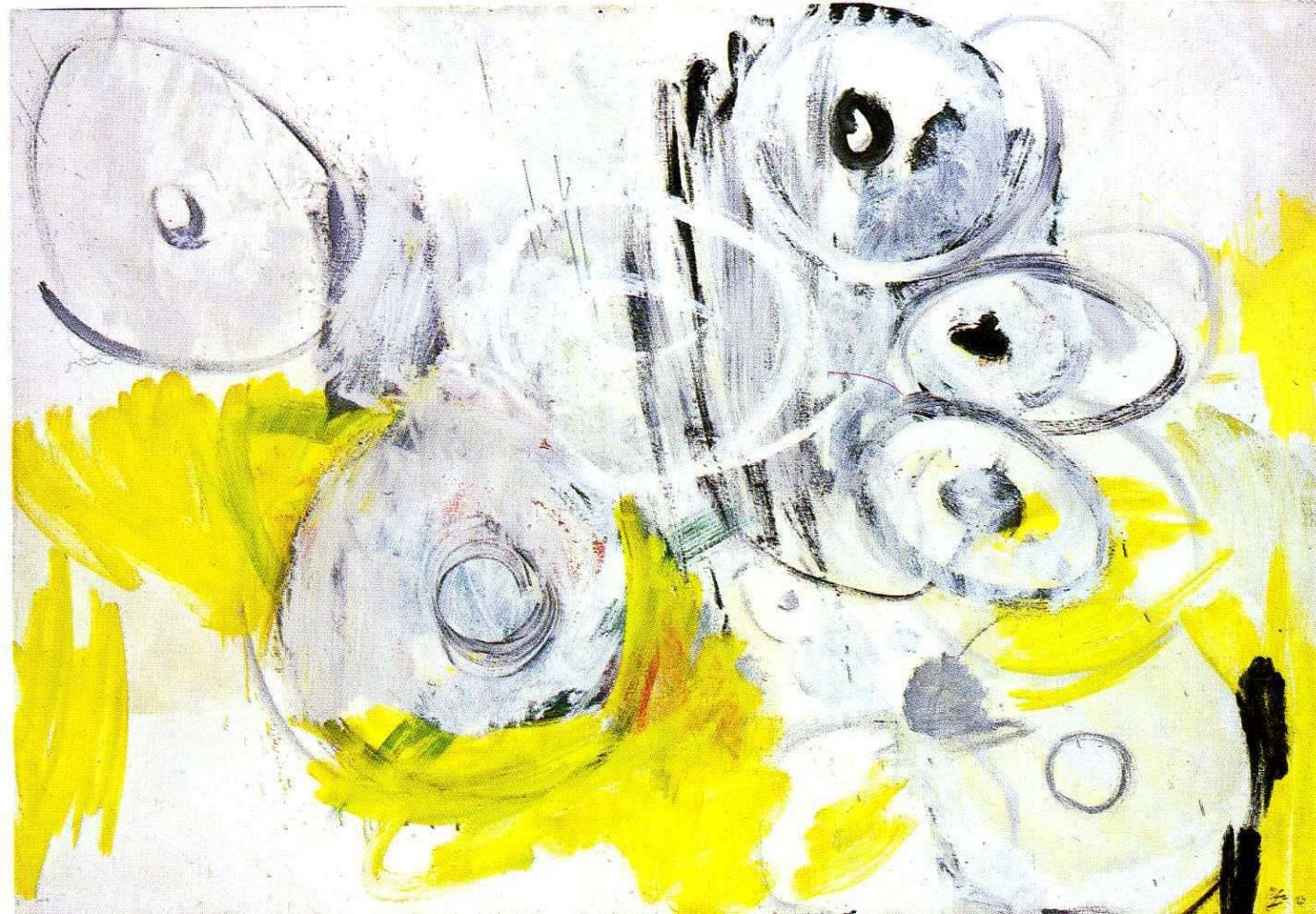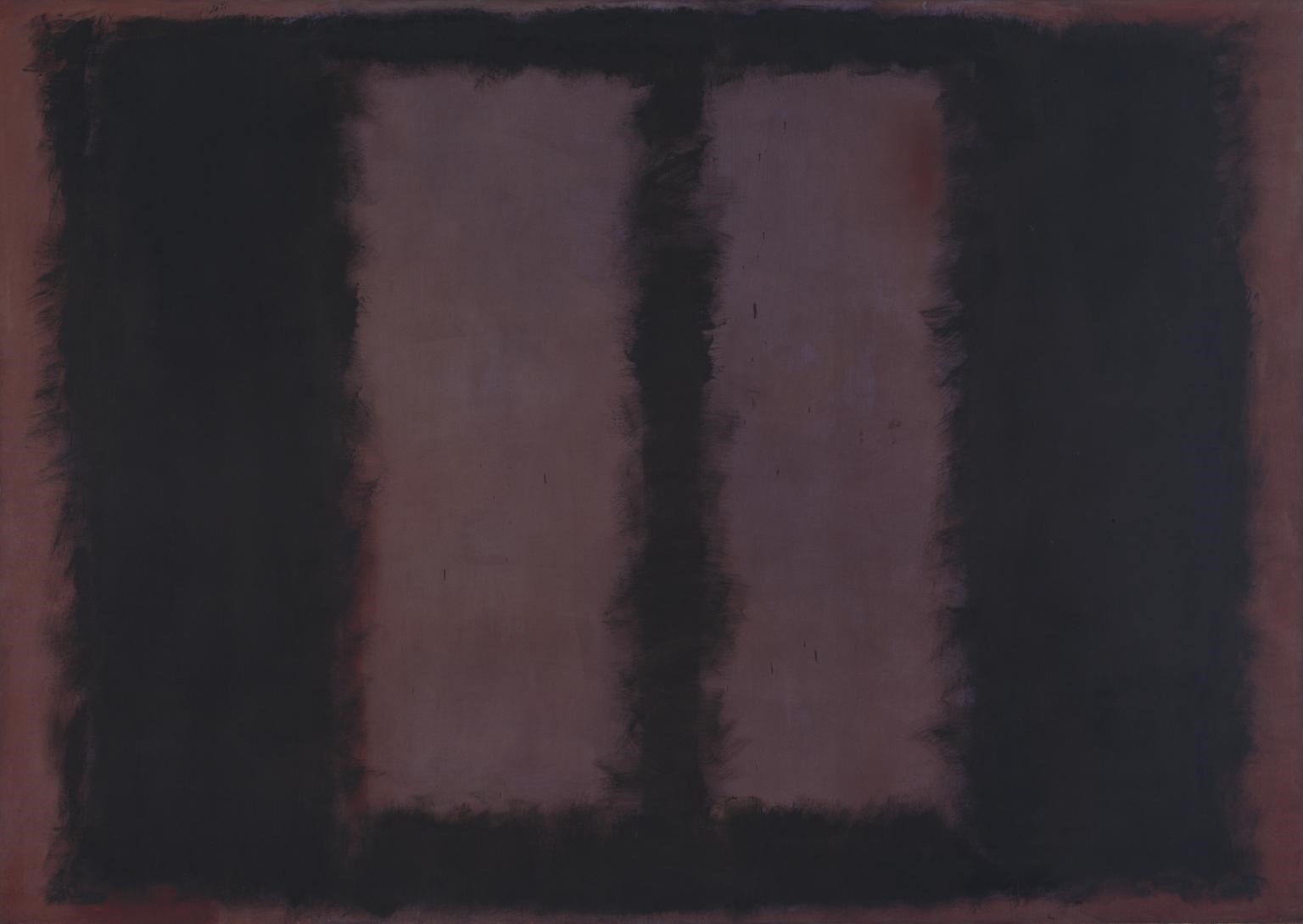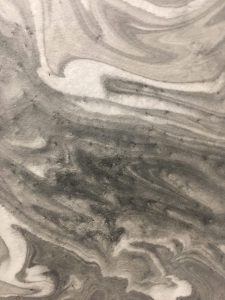DIWO, known as Do it With Others, is a distributed campaign for emancipatory, networked art practices instigated by Furtherfield in 2006. It extends DIY, Do-it-yourself towards a more collaborative approach, using the Internet as an experimental artistic medium and distribution system to forment grass-roots creativity. It helps to bring different individuals with similar interests together, where people are featured doing their interests and the current projects they are working on. The project ranges from software development projects to even social projects.
The practice of DIWO allows space for an openness where a rich mixing of components from different sources crossover and build a hybrid experience. It challenges and renegotiates the power roles between artists and curators.
DIWO has also influenced the Media Art Culture. They began with experimental sound and music, with pirate radio stations and collaborative street art projects in the late 80s and 90s.
DIWO enlarges artistic freedoms, uses the metaphors, tools, cultures and processes of digital and physical networks. It is led by experimental artistic processes rather than utilitarian or theoretical concerns. It disrupts traditional hierarchies and concepts of ownership working with decentralized peer 2 peer practices. DIWO involves diverse participants (unwitting and active collaborators), ideas and social ecologies. It generates unruly and provocative relationships between symbolic meanings and material effects. DIWO co-creates a new, freer, art context for more and more diverse people.
A similarity DIWO has to Open source, both are platforms open for people to help develop each other’s ideas or projects and provide feedback.
I feel that DIWO has a similar concept to our course, Experimental Interaction thus far. We are pretty open to opinions, with people giving us feedback. When working, we help to develop each other’s ideas and projects, although not on an online platform.
For example, the recent midterm project that we’ve done, we did it as a group. We bounced off each other’s ideas and helped to solve any coding issues that we faced.
Till then,
Flazéda!
jamz
x
